Boat Buying Guide: Essential Tips for First-Time Buyers
When it comes to enjoying time on the water, a boat offers endless opportunities for relaxation and adventure.
Whether you are looking to buy a new or used boat, there are plenty of options to suit your needs.
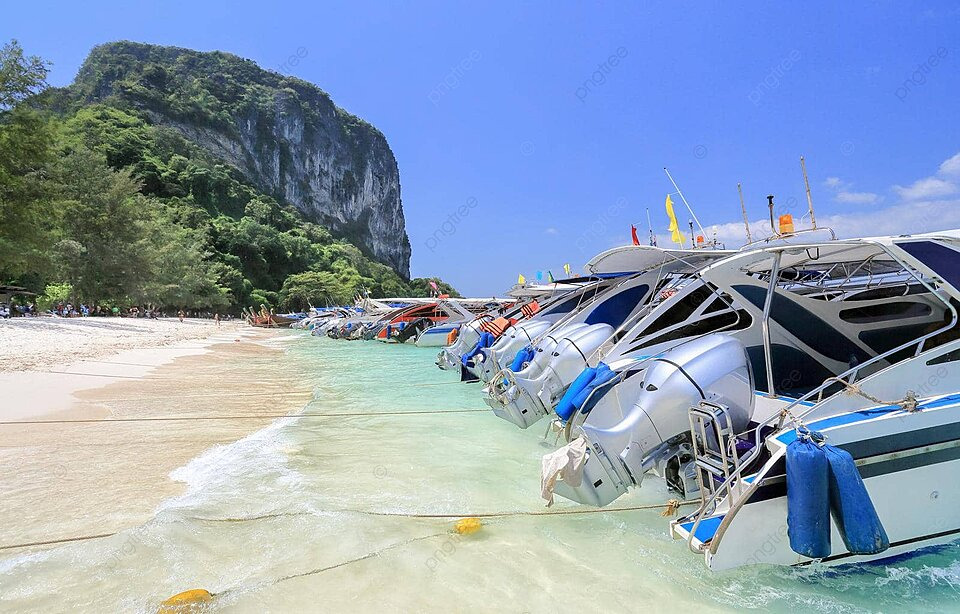
Buying the right boat depends on understanding different types, sizes, and uses of watercraft.
For those interested in purchasing, websites like boats.com and Boat Trader provide extensive listings, making it easy to find a boat that fits your criteria.
Both platforms allow you to search by condition, make, model, or location, ensuring that you find a suitable option whether you want a sleek speedboat, a sturdy pontoon, or a fun jet ski.

Joining a boating community, such as the one available on Boatmart, can also be beneficial.
You can sell, advertise, or search for boats while connecting with fellow boating enthusiasts. This can help you access valuable reviews, how-to articles, and the latest news on boating events, further enhancing your boating experience.
History and Evolution of Boating
Boating has transformed significantly from early times to the current era. This development reflects changes in materials, design, and technology.
Early Watercraft
Early boats were essential for trade, transport, and survival.
In Ancient Egypt, boats were primarily made of reeds and later wood, used on the Nile River for trade and travel. Their early wooden boats eventually allowed for ocean voyages.
The dugout canoe represents one of the simplest forms of early watercraft.
Made by hollowing out large logs, these canoes were often enhanced with planks to increase size and stability.
In some regions, bark and skin-covered boats were also common, showing the adaptability of different cultures in boat-building techniques.
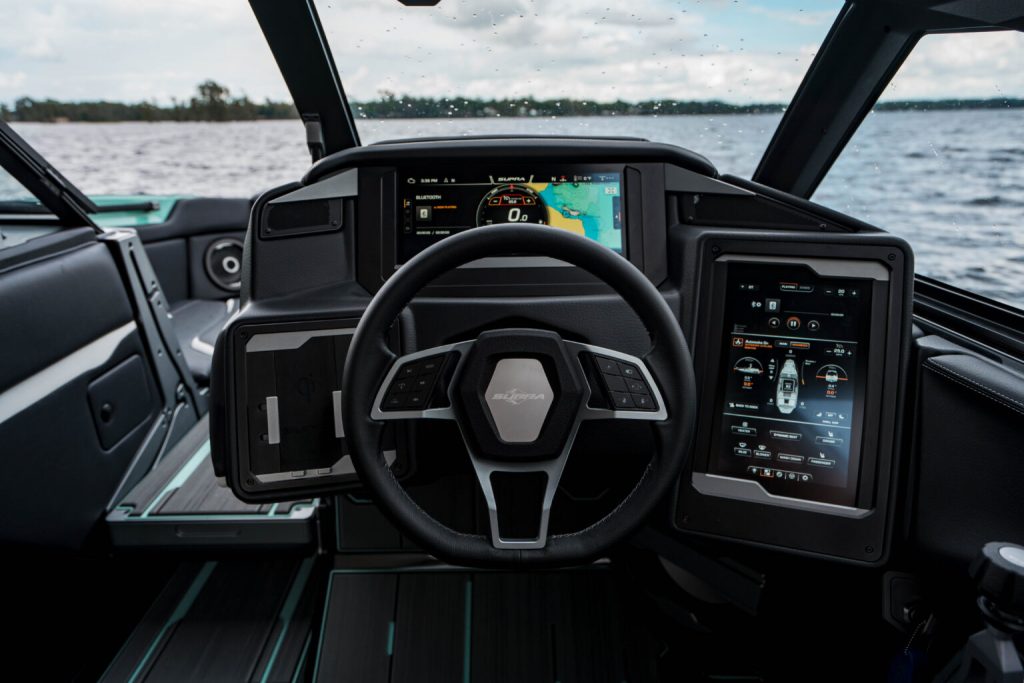
Modern Boats and Innovation
Modern boats utilize advanced materials like fiberglass and aluminum.
Fiberglass boats are known for their durability and low maintenance needs.
These materials have led to the creation of various types of boats, including sailboats, motorboats, and luxury yachts.
Technological innovations, such as GPS navigation and computerized control systems, have revolutionized boating.
GPS allows for precise navigation, making voyages safer and more efficient.
The use of sustainable materials and alternative energy sources, like solar power, reflects an eco-conscious shift in modern boat design.
The improvement in boat engines, from steam to diesel to electric, marks significant progress.
Modern boats are faster, more efficient, and capable of longer, more reliable journeys. This evolution represents the continuous advancements in engineering and environmental awareness.
Types of Boats
Boats come in various designs to serve different needs, whether it's for recreation, fishing, or transportation. This section covers the main types of boats, focusing on their specific features and uses.
Sailboats
Sailboats are powered by wind and sails, making them a classic and eco-friendly choice.
They come in various types such as schooners, cutters, sloops, ketches, and catamarans.
Each type has unique features; for example, catamarans have two parallel hulls which offer stability and space.
Schooners have multiple masts, making them ideal for long voyages.
Sailboats are popular for both casual sailing and competitive racing, dating back thousands of years. They offer a serene and hands-on boating experience.
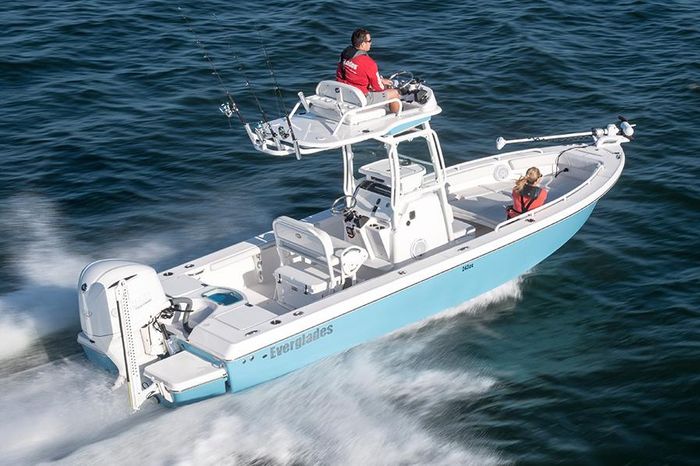
Motorboats
Motorboats are powered by engines and are known for their speed and versatility.
They range from small, outboard-engine boats to large inboard-engine vessels.
These boats are perfect for water sports, including skiing and wakeboarding, as well as for straightforward travel across lakes and coastal waters.
Motorboats often feature open decks, making them suitable for sunbathing and social activities.
They are easy to operate and maintain, making them a popular choice for many boating enthusiasts.

Yachts
Yachts are luxury boats designed for comfort and leisure.
They range from small to very large and come equipped with amenities such as living quarters, kitchens, and entertainment areas.
Yachts can be motor-powered or sail-powered.
They are ideal for long-distance cruising and can travel to remote locations.
Owning a yacht is often considered a status symbol due to their high cost and opulence.
They provide a lavish and comfortable experience, perfect for entertaining guests or enjoying extended trips on the water.

Fishing Boats
Fishing boats are designed specifically for fishing activities.
These boats include features like rod holders, live wells for keeping fish, and ample storage for gear.
There are various types depending on the fishing environment: all-purpose fishing boats for versatility, aluminum fishing boats for durability and ease of transport, and bass boats specialized for bass fishing with high-tech features.
Fishing boats are built to ensure stability and functionality, making them essential for both casual and professional anglers.

Kayaks and Canoes
Kayaks and canoes are small, lightweight boats ideal for paddling.
Kayaks are usually enclosed with a cockpit that the paddler sits in, and they are steered with a double-bladed paddle.
They are excellent for solo adventuring and exploring narrow waterways.
Canoes, on the other hand, have an open top and are paddled from a kneeling or seated position with a single-bladed paddle.
Both are perfect for calm lakes and rivers, offering an intimate and quiet boating experience. They are easy to transport and store, making them accessible to many water enthusiasts.
Boat Design and Construction
Boat design and construction encompass many elements, focusing on hull types and the choice of materials used in building.
Hull Types
Different hull types are crucial for varying marine activities.
Monohulls are the most common and have a single hull; they are used for general purposes.
Catamarans have two hulls connected by a deck, offering greater stability and space, making them ideal for long voyages and leisure sailing.
Trimarans, with three hulls, provide speed and stability, often used in racing.
Each hull type has its unique advantages and suits specific needs. High-performance boats often select trimarans, while fishing and recreational boats might prefer catamarans or monohulls.
Materials and Craftsmanship
The choice of materials affects the boat's durability, weight, and cost.
Fiberglass is popular for its strength and ease of maintenance, often found in production boats.
Wood offers a classic look and is favored in custom builds, requiring skilled craftsmanship.
Aluminum is lightweight and corrosion-resistant, ideal for rugged boats like those used in fishing.
Composite materials blend several substances for added strength and reduced weight, used in high-performance vessels.
The craftsmanship involved in each material also varies, from the precise stitching required for woodwork to the meticulous layering of fiberglass resin. Quality craftsmanship ensures the overall performance and safety of the boat.
The Boating Industry
The boating industry is seeing significant growth, driven by increased public interest in recreational boating and innovations from key manufacturers. This section will delve into recent market trends and highlight the prominent companies that shape the industry.
Market Trends
Recent years have shown a steady increase in boat sales. According to NMMA, U.S. sales of boats and marine products totaled $59.3 billion in 2022.
This growth is partly due to the pandemic, which led many people to explore outdoor activities such as boating.
Powerboats remain popular, with around 280,000 units sold annually since 2019.
Innovations in boat design and sustainability have also played a role in boosting sales. For instance, there's a noticeable shift towards electric and hybrid boats.
Seasonal trends affect the market, with a surge in purchases during the summer months. Boaters are increasingly looking for versatile boats that support various activities, from fishing to watersports.

Key Manufacturers
Several companies dominate the boating industry, each known for their unique offerings.
Brunswick Corporation is a major player, recently appointing Andy Thompson as president of its Aluminum Boat Group. This division includes well-known brands such as Harris, Crestliner, Lund, and Lowe.
Another key player is Yamaha Marine, known for its reliable outboard motors and innovative boat designs.
Additionally, companies like Beneteau and Azimut manufacture luxury yachts that cater to the high-end market.
Manufacturers are investing in technology to enhance the boating experience.
Features like advanced navigation systems and eco-friendly engines are becoming standard.
The focus is not just on producing boats for sale, but also on improving the overall boating experience for consumers.
Boating Lifestyle
The boating lifestyle offers a mix of leisure activities and competitive events. Whether enjoying a peaceful day on the water or participating in high-energy sports, there are numerous ways to immerse oneself in boating culture.
Recreational Boating
Recreational boating includes activities like fishing, sailing, and cruising.
In places like Florida, many people take advantage of the state's vast coastline and numerous lakes.
Fishing is particularly popular, allowing enthusiasts to catch a variety of fish.
Sailing offers a more tranquil experience, perfect for those looking to enjoy the open water.
Cruising provides a way to explore different areas, with many boaters choosing to travel to nearby islands and coastal towns.

Competitive Boating and Sports
Competitive boating encompasses several sports, such as rowing, sailing races, and powerboat racing.
Rowing can be seen in clubs and universities, often involving team-based races with well-coordinated strokes.
Sailing races like regattas attract both amateur and professional sailors, testing their skills and strategy.
Powerboat racing is a high-speed sport with sleek boats designed for agility on the water, featuring events that draw large crowds and enthusiasts.
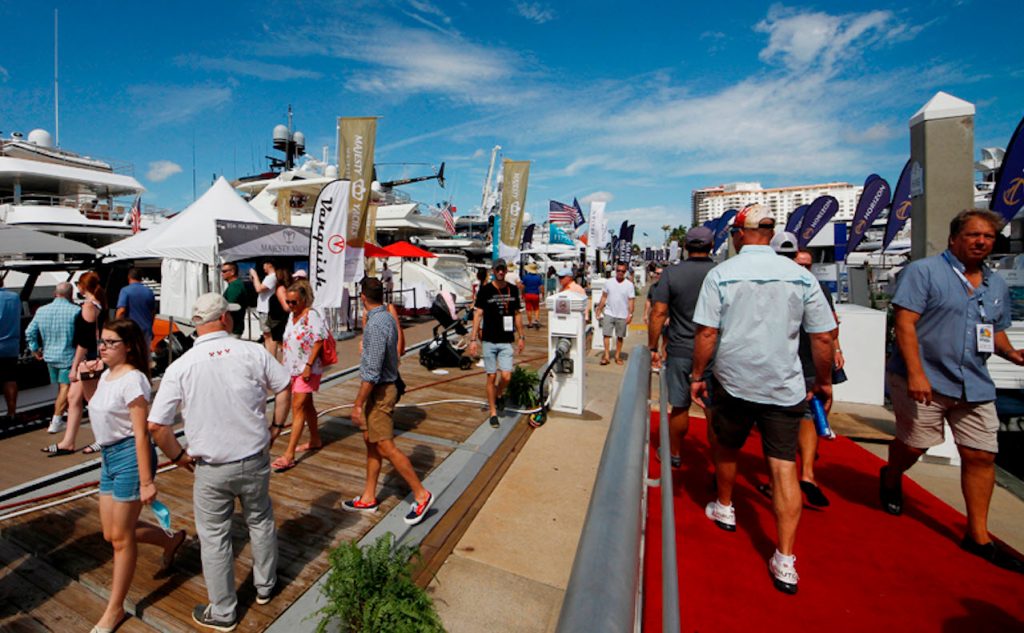
Boat Shows and Events
Boat shows and related events are central to the boating lifestyle, showcasing the latest in boat design, technology, and accessories.
Cities like Miami and Fort Lauderdale in Florida host major boat shows that draw international attention.
These events allow boat enthusiasts to see the latest models, attend seminars, and meet other boaters.
Exhibitions offer a chance to explore new trends, while demonstrations provide practical insights into boating innovations.
Boat shows are also a good place for networking, making them valuable for both new and experienced boaters.
Boat Maintenance and Care
Boat maintenance is crucial for ensuring a vessel’s longevity and performance.
Key areas include routine upkeep to prevent deterioration and timely repairs for any damage.
Routine Upkeep
Regular cleaning is essential.
This includes washing the boat's hull to avoid oxidation, which can turn the fiberglass gel coat chalky.
Waxing every few months adds a protective layer, preserving the boat’s appearance and structure.
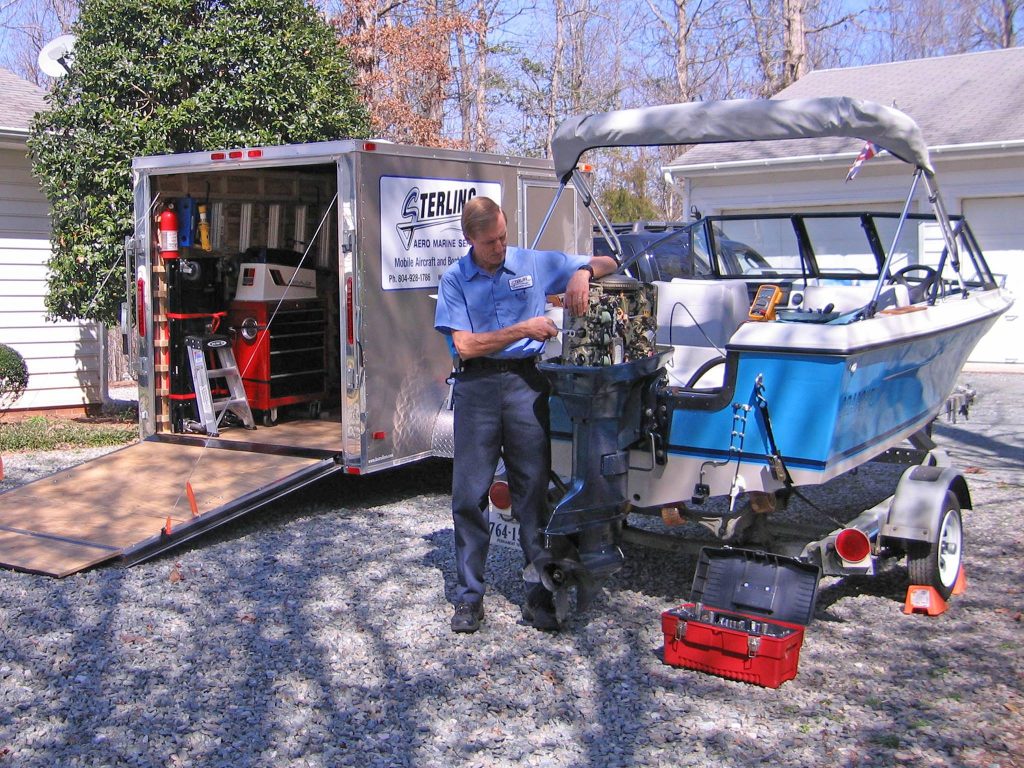
Lubrication is another important task.
It’s necessary for components like the engine and steering system. Using the right type of oil can prevent wear and tear, extending the life of these parts.
Battery care should not be neglected.
Check the charge level before every outing and ensure the battery is securely mounted. This prevents damage from bouncing and vibrations, which can shorten its lifespan.
Repair and Restoration
When damage occurs, timely repair is vital.
For boats with teak decks, it’s important to read about the Care and Feeding of Teak Decks. Using varnish or sealers protects the wood, keeping it looking brand new.
Saltwater boats face harsher conditions than freshwater ones.
Washing the boat within 24 hours of use is crucial as salt residues can corrode parts quickly. Special attention should be given to areas prone to rust and corrosion.
For trailers, regular inspection is key.
Check for any signs of wear and maintain the wheels, axles, and lights. This ensures safe transport of the boat and enhances its lifespan.
Make use of maintenance checklists available to keep track of required repairs and replacements.
Boat Safety and Regulations
Boat safety and regulations are essential for ensuring that everyone on the water remains safe. This includes having the proper safety equipment, following navigation rules, and meeting licensing and registration requirements.
Safety Equipment
Boats must carry specific safety equipment to comply with federal and state law.
For example, the U.S. Coast Guard requires that boats less than 65.6 feet (20 meters) have an efficient sound-producing device like a whistle or horn. Larger boats need a bell audible for at least one nautical mile.
Boats should also have enough life jackets for all passengers.
These life jackets must be U.S. Coast Guard-approved and in good condition. Fire extinguishers are also important, especially for boats with enclosed compartments or engines.
Visual distress signals, such as flares or signal flags, are required for boats operating in coastal waters.
These signals help rescuers locate vessels in distress. Proper lighting is also crucial for night-time navigation, with rules about red, green, and white lights to communicate a boat's size, direction, and activity.
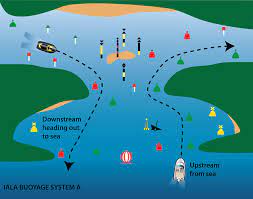
Navigation Rules
Navigating safely requires understanding and following established "Rules of the Road."
These rules help prevent collisions and manage traffic on the water.
For example, boats must keep a safe speed and give way when approaching larger vessels or those limited in maneuverability.
Markers, buoys, and signs on the water provide important information.
Green and red buoys indicate the edges of navigation channels, while yellow markers often show special areas like fishing zones.
Operators must also understand right-of-way regulations.
Generally, powerboats must yield to sailboats, and both should avoid fishing vessels actively engaged in fishing. Knowing these rules can prevent accidents and ensure smooth, safe boating experiences.
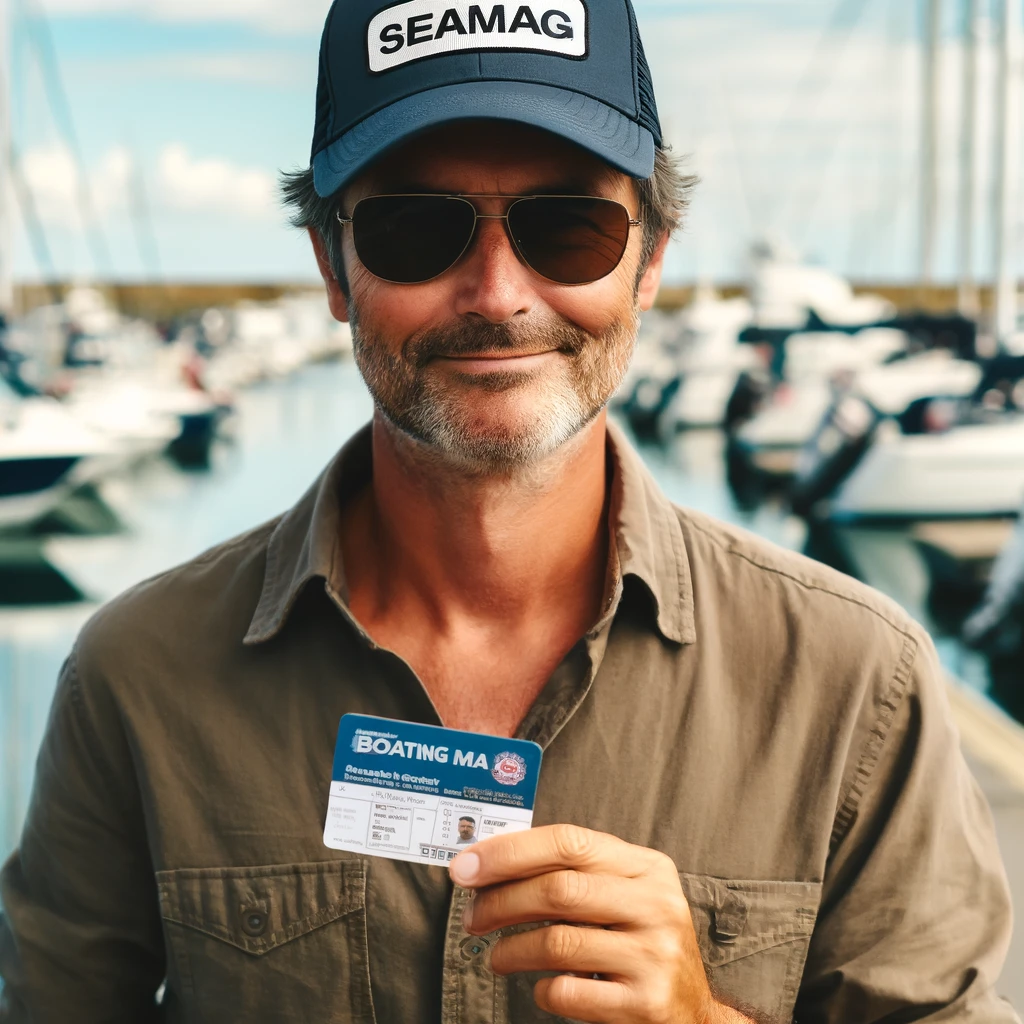
Licensing and Registration
In many locations, boaters need proper licensing and registration.
States require boat registration to prove ownership and ensure compliance with safety and environmental regulations. Registration numbers must be displayed on both sides of the boat's bow.
Some states also mandate a boating safety course for operators, particularly for younger boaters or operators of certain types of vessels, like personal watercraft.
Licenses ensure that boaters have a basic understanding of safe operation and emergency procedures.
Licensing requirements can vary, so checking local laws is essential. Adhering to these regulations helps maintain safety and accountability on the water.
Boat Buying Guide
Choosing the right boat involves important decisions about new versus used vessels and the best places to make your purchase. These factors can dramatically impact your boating experience.
New vs. Used Boats
When deciding between new and used boats, it's essential to weigh the pros and cons.
New boats come with the latest technology and modern amenities. They often include warranties that can save money on repairs. Many new boat reviews highlight the benefits of advanced navigation systems and fuel efficiency.
Used boats, on the other hand, are more affordable.
Since depreciation occurs rapidly in the first few years, a used boat might offer better value for money. Buyers can find used boats that have maintained good condition and are rich in features. Financing options are often available for used boats, too.
For those considering a purchase, it's worth noting that used boats hold their value better over time. Conducting a thorough inspection and a sea trial are crucial steps in this decision-making process.
Where to Buy
There are several places to find boats for sale.
Boat dealers offer a range of new models with potential 5% off discounts during sales events. These places provide expert advice and service packages. Authorized dealers ensure that boats meet quality standards and often offer warranty services.
Online platforms present an extensive selection of both new and used boats.
Websites like Boating Mag's Boat Buyers Guide and Sea Magazine are excellent resources for finding boats and reading reviews.
Boat shows are another great option.
These events allow buyers to see many boats in one location, speak directly with manufacturers, and even negotiate deals. Attending a boat show can offer unique insights and special pricing opportunities.
Advancements in Boat Technology
Modern boating has seen significant technological advancements that enhance efficiency, sustainability, and user experience. Key developments include innovations in electronics, green technology, and entertainment systems.
Electronics and Navigation
New marine electronics are transforming boating experiences by improving safety and navigation.
Companies like Icom have introduced space-saving VHF radios such as the M510BB and M410BB. These radios are perfect for boats with limited dashboard space.
Auto-docking systems, like those from Avikus, simplify docking by assisting with wind and current dynamics. These technologies enhance control and make maneuvering in tight spaces easier. Intelligent monitoring systems, such as those found on the Sea Ray SLX-R 400e, help boaters keep track of vital boat functions efficiently.
Green Boating Innovation
Sustainable boating has become a major focus in the marine industry.
Electric-powered boats, including models by Blue Innovations Group, are gaining popularity. These boats offer lower emissions and quieter operation, making them environmentally friendly options.
Technological advances like smart boat technology with lighter battery banks and solar panels are also contributing to eco-friendly boating.
The rise of E-boat technology, as seen in yachts and sailing catamarans, further emphasizes the industry's commitment to sustainability.
Entertainment Systems
New entertainment systems are transforming leisure time on boats.
High-tech sound systems, such as those offered by brands like Playback and Nirvana Ion, provide exceptional audio quality. Some models can even achieve up to 120 hours of playback.
Advanced navigation displays also incorporate entertainment options, allowing boaters to watch movies or stream music.
Systems are designed for seamless connectivity with smartphones and other devices, enhancing the overall boating experience.
Frequently Asked Questions
Buying a boat involves many considerations, including cost, type, and size.
What factors should be considered when purchasing a boat?
Consider why the boat is being sold and how many owners it has had. Check for any maintenance logs, titles free of liens, and registration documentation.
Ask for proof of ownership and any inspection certificates. Prioritize checking the hull, deck, cabin, and engine. Confirm there's no outstanding loan if buying used.
How do I determine the right type of boat for my needs?
The right boat depends on intended use.
For fishing, a fishing boat is best. For water sports, consider a speedboat or jet ski. Cruising needs can be met with a sailboat or yacht. Families might prefer a pontoon boat. Making a choice requires matching the type of boat to its primary use.
What are the average costs associated with owning and maintaining a boat?
Annual costs can include fuel, storage, insurance, registration, and maintenance.
Fuel costs vary based on usage. Storage fees depend on location and type of storage. Maintenance includes repairs and regular checks for things like the engine and hull. Insurance costs are based on the boat’s size and use.
Where can one find reputable sources for boat reviews and ratings?
Sea Magazine is a popular source for reviews.
FBFS offers questions to consider, which can help in finding good reviews. Boating Basics Online provides a detailed checklist on what to look for in a boat review.
What are the different classifications of boats used for sport and recreation?
Boats are classified based on use.
Fishing boats include bass boats and center consoles. Water sports boats include wakeboard and ski boats. Cruising boats involve sailboats and motor yachts. Leisure includes pontoon boats and houseboats. Each type serves different recreational purposes.
How is the size and capacity of a boat measured?
Boat size is usually measured in length from bow to stern. Capacity is indicated by the number of people it can safely carry, plus gear weight.
These measurements are crucial for determining usability and compliance with safety regulations. Boat manufacturers typically provide this information on a capacity plate.
Charlie is Editor-in-Chief of Sea Magazine